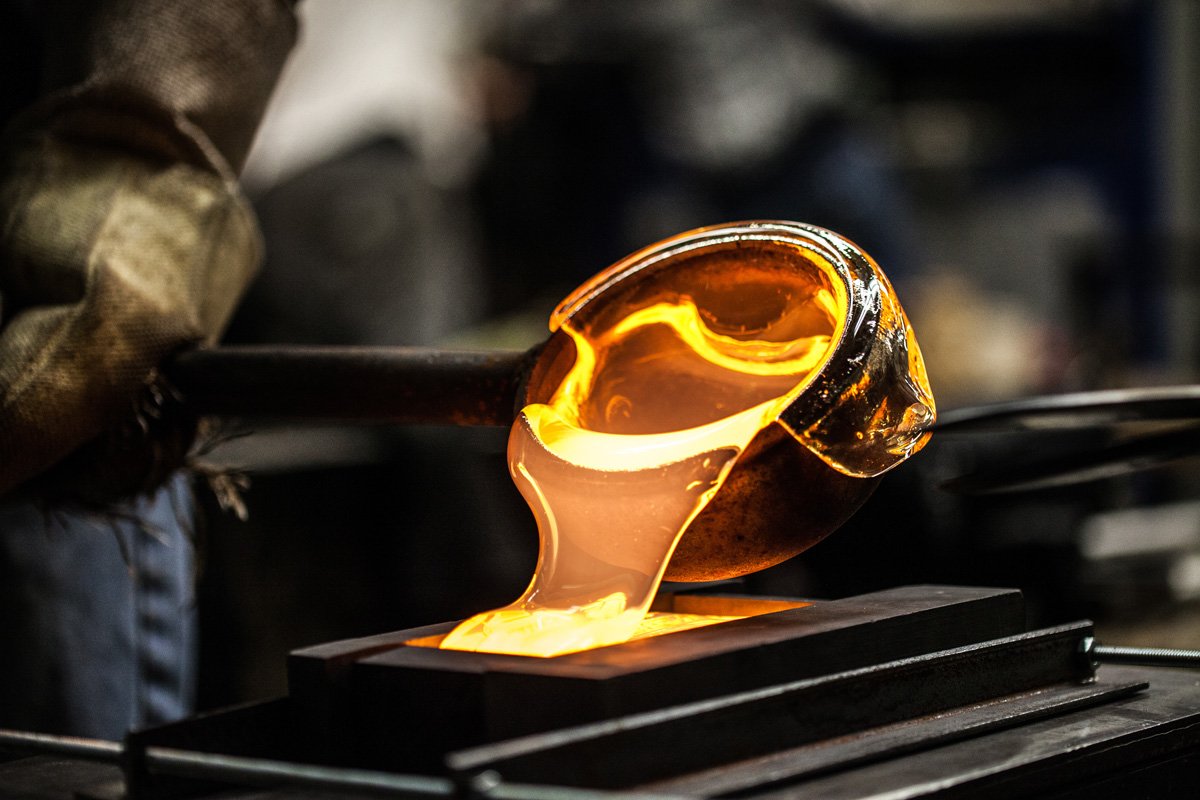
Embrace and Drive Change

Silica sand (a form of silicon dioxide) is made from two elements: silica and oxygen. It has several uses in commercial and industrial sectors. Silica sand’s physical, chemical, and mechanical characteristics decide its usage across different sectors.
For sand to be classified as silica, it must contain about 95% silicon dioxide and 0.6% iron oxide.
Silica sand differs from regular sand because the latter contains up to only 80% silica. Also, regular sand has other minerals like carbonate, iron, and potassium, making it darker.
The high melting point of silica sand makes it an ideal choice for high-temperature usage. Here are some common uses of silica sand:
Silica sand is an important ingredient for manufacturing glass products, ranging from windows to beer bottles. The purity of silica sand decides the final product’s strength, color, and clarity.
Silica sand is also an important raw material for producing standard and special glasses like test tubes, CTR monitors, fluorescent lamps, and more.
In synthetic sports fields and golf courses, silica sand is used for bunkers and greens. It can maintain greens and fairways. Also, it supports drainage and natural plant growth.
Silica sand is used for the production of calcium silicate bricks. It is mixed with high calcium lime in sand to lime ratio of 10:20.
The calcium silicate bricks have sharp corners and smooth faces. They have durability similar to concrete bricks but are not resistant to sulfur-containing environments.

Silica sand is commonly used for water filtration. Its uniform shape and size allow it to create an effective filtration bed to remove contaminants from water.
In addition, silica sand can neutralize acidic elements from the water, allowing the water filters to maintain a pH balance. Acidic elements do not degrade the quality of silica sand.

Another use of silica sand is in the production of steel, ferrous, and non-ferrous foundry industries. Metal parts are cast in silica sand to create the desired internal and external shapes.
The high-performance features of silica sand-like color consistency, brightness, and reflectance make it an important component in paints and coatings.
Silica filters can improve paint’s dirt resistance. Also, its oil absorption property makes the paint coatings wear and tear-resistant.
Silica sand is widely used in different construction and building products. For instance, roof syringes, flooring, specialty cement, and mortars use silica for better structural integrity and durability.
Furthermore, silica sand is used in caulks, sealants, and epoxy-based compounds as a functional extender to add durability and weathering properties.
Silica sand is used to construct and glaze ceramic items like wall tiles, tableware, floor tiles, and more. It improves the overall durability of ceramic items.

The round and angular varieties of silica sand make it an ideal mineral for industrial blasting. However, blasting with silica sand can create dangerous dust, which can be avoided by following PPE guidelines.
Silica sand is used as frac sand in oil and natural gas recovery. The chemical purity of this sand can resist chemical attacks in anti-corrosive environments.
As you can see, silica sand is used in various industries. So, before you purchase it, check the grade and avoid silica sand with impurities.